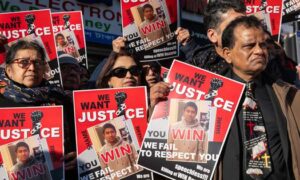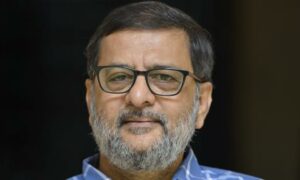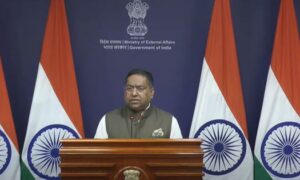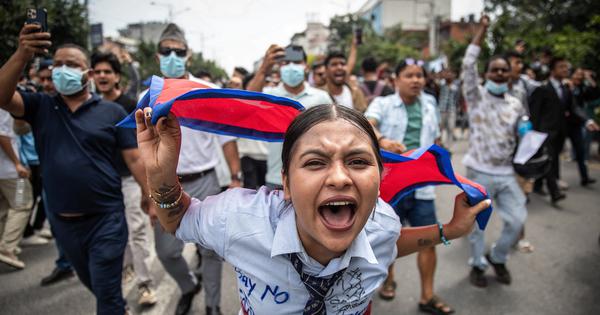
In recent months, a familiar phrase has crept into commentary about South Asia’s turmoil: a new Arab Spring. The comparison is tempting. Just as the Arab uprisings a decade ago toppled rulers in Tunisia, Egypt and Libya, South Asia has seen three regimes fall in quick succession: Sri Lanka in 2022, Bangladesh in 2024, and Nepal in 2025.
In both regions, anger at economic mismanagement, corruption, and authoritarianism fueled mass mobilisations. In both, militaries largely stood aside until rulers were ousted.
But the analogy also misleads. The Arab Spring was driven by a common aspiration for democratic transformation across borders, whereas the South Asian protests are rooted in distinct national contexts. To view them as part of one sweeping tide risks flattening their differences. Each uprising had its own catalysts, social composition, and political outcomes. If there is a common thread, it is less about a shared regional revolution than about the impatience of citizens, especially young citizens, who refuse to tolerate failing elites.
The most obvious shared factor is economic pain. Sri Lanka’s collapse of foreign reserves, crippling inflation, fuel shortages, and blackouts set the stage for a popular uprising. In Bangladesh, discontent festered over unemployment, corruption and a narrow, exclusionary growth model, with a controversial quota system for civil service jobs acting as the final spark. In Nepal, youth unemployment and stagnant governance fed resentment, while a sweeping social media ban exposed the ruling class’s paranoia and triggered an explosion of anger.
Another parallel is the role of militaries. In all three cases, security forces refrained from decisive intervention to rescue incumbents, either calculating that regimes were doomed or fearing the political costs of repression. That restraint created the space for protests to escalate into full scale regime collapse.
In Sri Lanka the uprising was broad-based, cutting across class, age and professional lines. Protesters rallied around a single, clear demand: the ouster of the Rajapaksa family, whose dynastic rule and economic mismanagement had bankrupted the country. The movement did not push for sweeping constitutional change, but it forced a decisive break with the old order.
The election of Anura Kumara Dissanayake in 2024 marked a turning point. A year into his presidency, Sri Lanka shows cautious signs of renewal. Corruption has been confronted more directly, fiscal reforms are underway, and politics has grown more competitive. The political culture remains fragile, but the Rajapaksa grip has been broken, and for the first time in decades there is a sense of accountability at the top. Sri Lanka’s uprising succeeded not just in ejecting a dynasty but also in creating space for a different kind of leadership.
In Bangladesh, the uprising began with students but expanded into a nationwide revolt against Sheikh Hasina’s long authoritarian rule. Unlike in Sri Lanka, the movement carried explicit constitutional ambition: a demand to reset the political system itself, not just to remove a single leader.
The interim government under Nobel laureate Muhammad Yunus has sought to meet that demand directly. It has moved in that direction somewhat successfully, dismantling patronage networks, splitting the National Board of Revenue into separate wings, and pursuing disciplinary actions against bureaucrats once untouchable. High profile prosecutions and asset freezes targeted those who benefited most from the old order. The rhetoric of reform has been somewhat matched by an effort to show that the state can act against entrenched corruption.
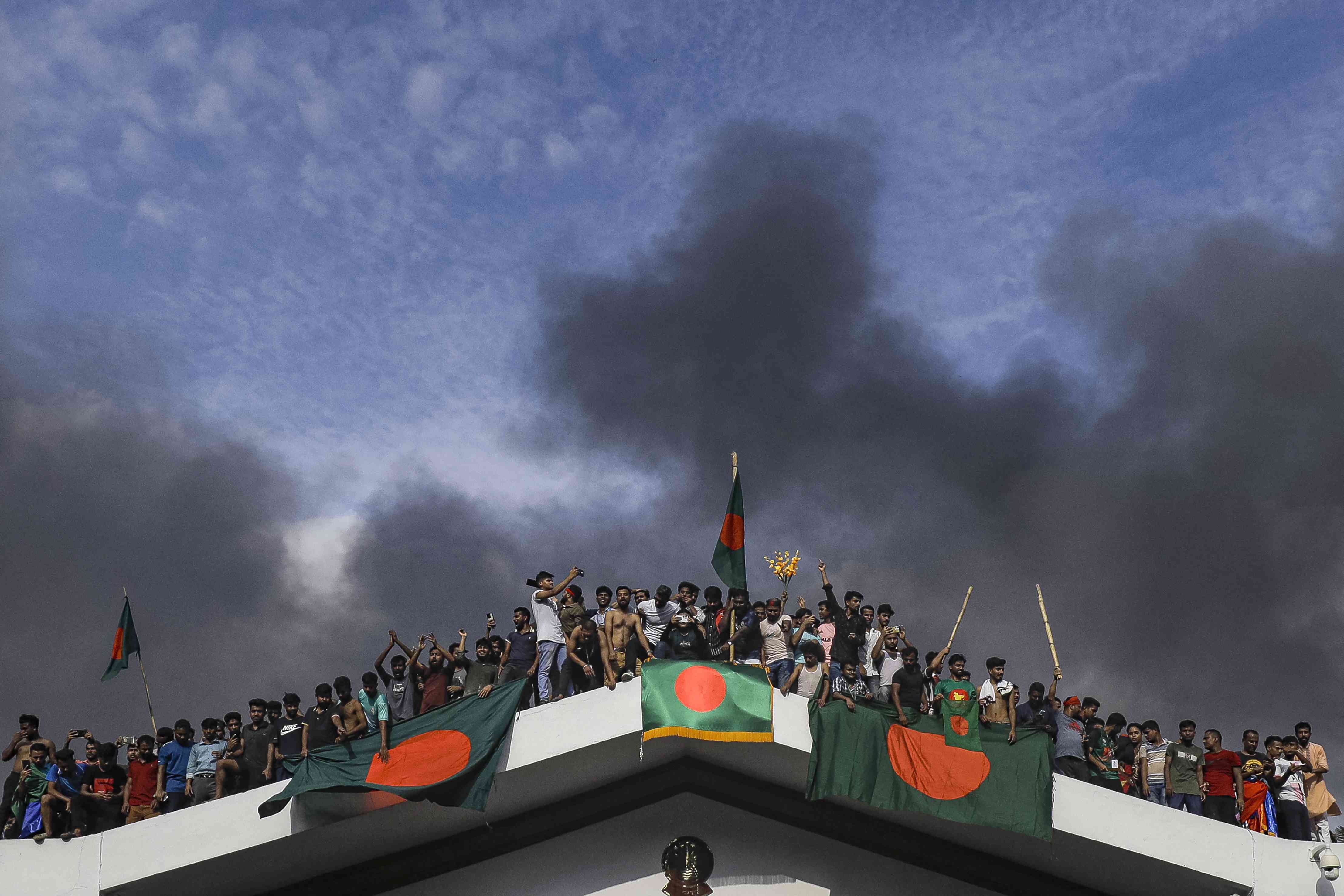
But the interim regime has also exposed the fragility of rupture politics. Bureaucrats have resisted reforms, strikes have paralyzed tax collection, and a conservative budget has disappointed those expecting rapid relief. Ordinary citizens have been caught in mass cases, and allegations of selective justice have emerged. Journalists face intimidation, and the ban on the Awami League’s political activities raises troubling questions about pluralism.
The fall of Hasina was the beginning of a harder struggle, not the end. The Yunus administration faces a paradox: it must both cleanse institutions and preserve stability, while preparing for elections in 2026. Whether this interim experiment delivers lasting reform or descends into another cycle of authoritarianism will determine whether Bangladesh’s uprising becomes a turning point or a lost opportunity.
Nepal’s protests were unlike either Sri Lanka’s or Bangladesh’s. They were overwhelmingly generational, driven by Generation Z. Young Nepalis, disillusioned with stagnant politics and endemic corruption, defined themselves against the entire political class. Their slogans spared no party or leader: the whole body politic was dismissed as failed. This revolt was horizontal, digital, and disruptive. Memes, viral videos, and online networks became its organizing tools. Its energy was immense, but its demands were diffuse.
Unlike Bangladesh, there was no call for wholesale constitutional overhaul. Unlike Sri Lanka, there was no focus on ousting one family. The demands were for resignations, dissolutions, accountability, and new elections, but little consensus on how to build a new system of legitimacy.
The consequences have been dramatic: dozens killed, parliament set ablaze, and an interim prime minister installed to oversee elections. But the distrust is so profound that no single party or leader appears capable of rebuilding legitimacy. The interim government lacks any clear mandate to bring any fundamental changes to the political system, except holding a general election in early 2026. Nepal’s revolt was not about resetting institutions so much as rejecting elites outright and that rejection now shapes an uncertain political future.
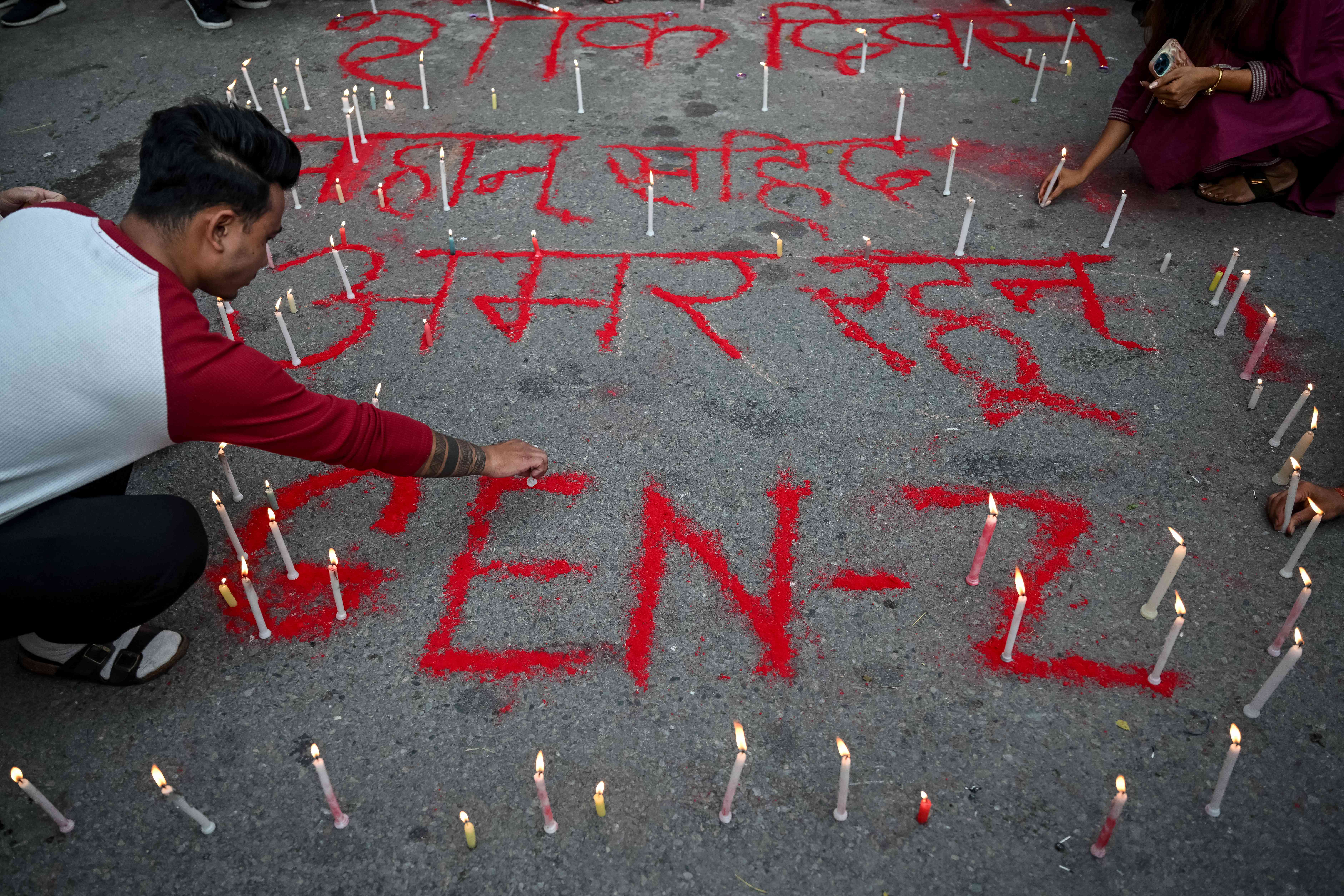
These distinctions matter because they point to three divergent futures. In Sri Lanka, a broad uprising against a family dynasty has enabled cautious reform and the possibility of political renewal. In Bangladesh, a student-driven revolt has produced an ambitious but fraught interim experiment in institutional change. In Nepal, a generational rebellion has rejected the political class wholesale, leaving the country in a limbo of distrust and volatility.
If one looks for a deeper pattern, it is not simply economic hardship but the rising impatience of younger citizens. In Sri Lanka, they were part of a wider coalition. In Bangladesh, they acted as the vanguard. In Nepal, they dominated and reshaped the protest vocabulary itself. This is the thread tying the three uprisings together: South Asia’s youth, digitally connected and politically alienated, are no longer willing to wait passively for better governance.
Yet these revolts also reveal the limits of street power. Protest movements can topple regimes, but they cannot, on their own, build new orders. Sri Lanka shows cautious renewal is possible, Bangladesh shows how fragile transition can be, and Nepal shows how easily generational revolt risks sliding into chaos.
The temptation to see these uprisings as South Asia’s Arab Spring is misleading. They are not clones of one another, nor do they herald a uniform democratic tide. Each is written in its own dialect, shaped by local grievances and political structures. What unites them is the collapse of patience with elites, what separates them is the path that follows collapse.
For India, where many analysts frame these events as comparable, the lesson is caution. Yes, economic distress and joblessness are dangerous for any regime. Yes, militaries holding back can accelerate political collapse. But the dynamics of revolt are always local. A Sri Lankan-style uprising is not a Bangladeshi one, and neither looks like Nepal’s Gen Z rebellion. To conflate them is to misread the depth of South Asia’s political diversity.
South Asia’s three uprisings remind us of one truth: tearing down a regime is far easier than building what comes after. Protest opens political space, but whether that space becomes renewal, fragility, or chaos depends on what societies do next.
Ashok Swain is a professor of peace and conflict research at Uppsala University, Sweden.
📰 Crime Today News is proudly sponsored by DRYFRUIT & CO – A Brand by eFabby Global LLC
Design & Developed by Yes Mom Hosting


